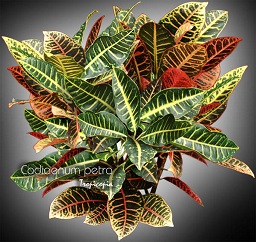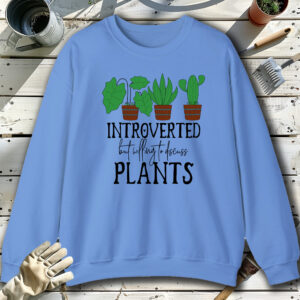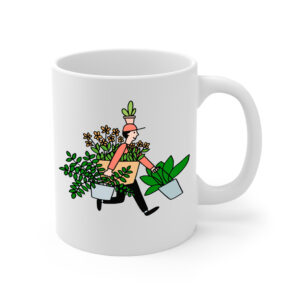Table of contents
Croton

Latin Name: Codiaeum petra
Category: Foliage plant
Family: Euphorbiaceae
Origin: Cultivar
Climate: Tropical
Growing Zones: 11-10
Care Instructions
The Croton (Codiaeum petra) is a tropical plant that originates from Cultivar. This foliage plant plant belongs to the Euphorbiaceae family and is well-suited for growing in USDA zones 11-10.
Complete Care Guide for Croton (Codiaeum petra)
Watering Requirements
The Croton, known for its vibrant foliage, requires careful attention to its watering needs. It thrives in consistently moist soil, but it is crucial to avoid overwatering, which can lead to root rot. Water the plant when the top inch of the soil feels dry to the touch. During the growing season (spring and summer), you may need to water more frequently, approximately once a week, while in the dormant season (fall and winter), reduce watering to every two weeks. Always ensure that the pot has drainage holes to allow excess water to escape, and consider using distilled or rainwater, as Crotons can be sensitive to chemicals found in tap water.
Light Conditions
Crotons flourish in bright, indirect light, which enhances their colorful leaves. Ideally, place your Croton near a window that receives filtered sunlight. Direct sunlight can scorch the leaves, leading to unsightly brown patches. If you notice the leaves losing their vibrant colors, it may be a sign that the plant is not receiving enough light. Conversely, if the leaves start to drop, it could indicate too much direct sunlight. For optimal growth, aim for a balance of light exposure, and consider rotating the plant occasionally to ensure even growth on all sides.
Soil Preferences
The ideal soil for Croton is a well-draining potting mix that retains some moisture but does not become waterlogged. A mixture of peat moss, perlite, and potting soil works well, providing the necessary aeration and drainage. Additionally, Crotons benefit from a slightly acidic to neutral pH level (around 6.0 to 7.0). Fertilization is essential during the growing season; use a balanced, water-soluble fertilizer every 4-6 weeks to promote healthy growth and vibrant foliage. In the fall and winter, reduce fertilization as the plant enters its dormant phase.
Pests and Diseases
Crotons can be susceptible to a variety of pests, including spider mites, aphids, and mealybugs. Regularly inspect the leaves for signs of infestation, such as webbing or sticky residue. If you notice pests, treat the plant with insecticidal soap or neem oil, ensuring to cover both the tops and undersides of the leaves. Additionally, Crotons can suffer from fungal diseases if overwatered or if humidity levels are too high. To prevent these issues, ensure proper air circulation around the plant and avoid wetting the leaves during watering. If fungal infections occur, remove affected leaves and apply a fungicide as needed.
Special Care Tips
To keep your Croton healthy and thriving, consider the following special care tips. First, maintain a consistent temperature between 60°F and 85°F (15°C to 29°C), as Crotons are sensitive to cold drafts and sudden temperature changes. Additionally, increase humidity levels around the plant by misting the leaves regularly or placing a humidifier nearby, especially in dry indoor environments. Pruning is also beneficial; trim back any leggy growth to encourage bushier growth and remove any dead or yellowing leaves to maintain the plant’s appearance. Lastly, be patient with your Croton, as it may take time to acclimate to new environments, but with proper care, it will reward you with stunning foliage.








